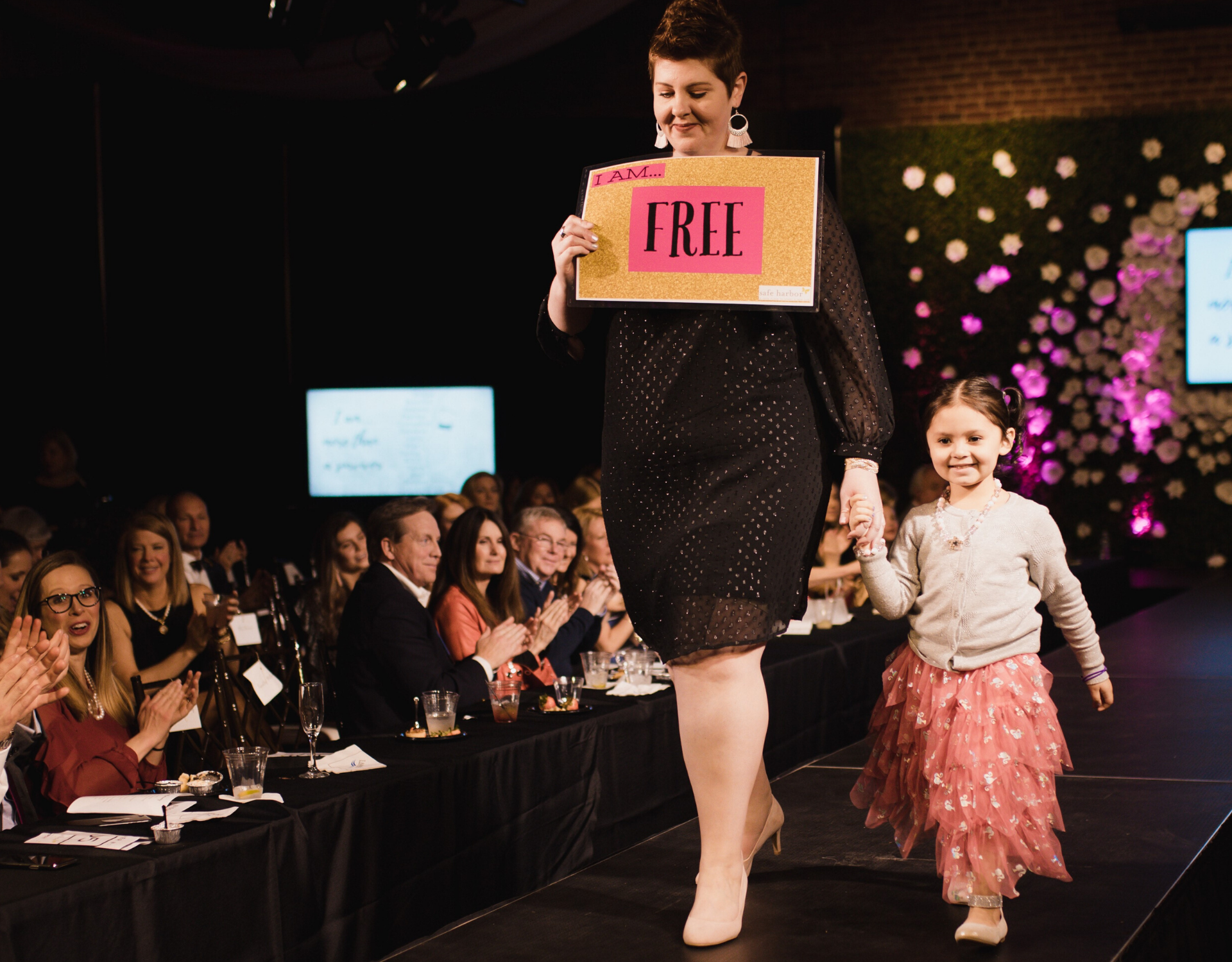Prevention is the backbone of change
Take a minute to think about how many social injustices occur in a single day, or even a single hour on our planet. It can feel overwhelming. You might ask yourself: “How can any of this change? What can we do to stop it? Is it too far gone? Do we have something to stop it before it happens?”
There is an incredible tool at our disposal that is often overlooked, that can help combat any number of issues: prevention. Prevention is the idea that we can stop something before it happens. There is a famous saying that “an ounce of prevention is worth a pound of a cure.” It is easier to stop something from happening in the first place than it is to repair the damage after it has happened. So why don’t we use it more often?
The good news is many nonprofit organizations that grapple with social issues of our times do have prevention programs. Safe Harbor has an entire team dedicated to the prevention of domestic violence. Our goal is to educate our community with the knowledge and skills to prevent domestic violence by understanding the root causes. When we understand the root causes, long-lasting change can take place.
Here is the not-so-great news, these programs are often seen as non-essential or a “nice thing to have.” Many argue that we need to put the money and momentum into helping people in need right now. Intervention programs are crucial to the success of long-lasting change and help prevent future instances of violence from occurring. We need these direct service programs because people need help right now, and we are here for that! And if we only continue that work, do we not create a cycle ourselves? If we don’t meet the needs of why domestic violence happens then are we just participating in the continued cycle?
Let’s talk about an example: say you put someone abusive in jail. When they get out, statistics tell us they will abuse again. Ok, so put them in jail again. Has anything changed?? Instead, you ask this person what they think will help them change, and they respond, “I know what I am doing is wrong, but I don’t know any different.” This does not excuse their actions or behaviors, but it helps to understand that perhaps education and knowledge is what they need, alongside rehabilitation.
Now we shift our strategy and give them knowledge, tools, and skills so that they can understand that there are many tools that don’t involve violence to deal with situations. Prevention gives people options, so the potential to break the cycle is there. We can treat the symptoms (acts of violence), but to stop new symptoms from popping up you must treat the illness itself. Therefore, prevention is essential for long-lasting change.
When we think about transforming our society, prevention is one of the most powerful cards in the deck to play, because it changes the entire game in your favor, putting you in the driver seat of your own actions. Now you have the knowledge you can make different choices, better choices, and figure out what is best for you. Knowledge is power, and prevention is the vehicle of getting the knowledge out into the world. If our aim is to change culture, transform our society, then prevention is the backbone to change.




